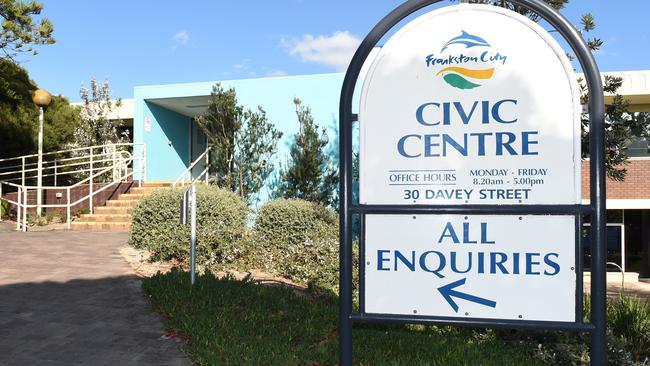The Value of Public Space
Sir Stuart Lipton, Chairman, CABE
Public space is all around us, a vital part of everyday urban life: the streets we pass through on the way to school or work, the places where children play, or where we encounter nature and wildlife; the local parks in which we enjoy sports, walk the dog and sit at lunchtime; or simply somewhere quiet to get away for a moment from the bustle of a busy daily life. In other words, public space is our open-air living room, our outdoor leisure centre.The Economic Value of Public Space
A high-quality public environment can have a significant impact on the economic life of urban centres big or small, and is therefore an essential part of any successful regeneration strategy. As towns increasingly compete with one another to attract investment, the presence of good parks, squares, gardens and other public spaces becomes a vital business and marketing tool: companies are attracted to locations that offer well-designed, well-managed public places and these in turn attract customers, employees and services. In town centres, a pleasant and well-maintained environment increases the number of people visiting retail areas, otherwise known as ‘footfall’. A good public landscape also offers very clear benefits to the local economy in terms of stimulating increased house prices, since house-buyers are willing to pay to be near green spaceThe Impact on Physical and Mental Health
In the UK ‘Obesity already costs more in public health terms, and will overtake smoking as Britain’s biggest killer in 10-15 years if current trends persist’. There is growing concern about the health of the nation and particularly that of our children and young people. A variety of research has identified these startling facts: 20 per cent of four-year-olds are overweight, and 8.5 per cent of six-year-olds and 15 per cent of 15-year-olds are obese. This increase in obesity is linked to ever more sedentary lifestyles and a reduction in outdoor activity. Evidence shows that adult patterns of exercise are set early on in life. Inactivity breeds inactivity, so a lack of exercise when young can in turn create problems in adulthood such as diabetes and heart disease. It is not just the nation’s physical health that is at risk: there are concerns too about people’s mental well-being, given the stressful lives that many now lead. Each year the economy loses millions of working days through stress-related employee absence.Clearly these problems need to be addressed. Access to good-quality, well-maintained public spaces can help to improve our physical and mental health by encouraging us to walk more, to play sport, or simply to enjoy a green and natural environment. In other words, our open spaces are a powerful weapon in the fight against obesity and ill-health.
The Benefits for Children and Young People
Under the UN Convention on the Rights of the Child, children have the right to play, recreation and culture. Play is crucial for many aspects of children’s development, from the acquisition of social skills, experimentation and the confrontation and resolution of emotional crises, to moral understanding, cognitive skills such as language and comprehension, and of course physical skills. But increasing urbanisation has left our children with far fewer opportunities than previous generations to play freely outdoors and experience the natural environment. Good-quality public spaces – including well-designed school grounds – can help to fill this gap, providing children with opportunities for fun, exercise and learning.The Social Dimension of Public Space
Public spaces are open to all, regardless of ethnic origin, age or gender, and as such they represent a democratic forum for citizens and society. When properly designed and cared for, they bring communities together, provide meeting places and foster social ties of a kind that have been disappearing in many urban areas. These spaces shape the cultural identity of an area, are part of its unique character and provide a sense of place for local communities.Value from Biodiversity and Nature
The significant increase in hard surfacing and the reduction in green spaces lead to higher temperatures in towns and cities than in the surrounding countryside. This is known as the ‘heat island effect’. Vegetation – whether in public spaces or private gardens – can help to redress this imbalance. It brings many important environmental benefits to urban areas, including the cooling of air and the absorption of atmospheric pollutants. Vegetation also provides an opportunity for people to be close to ‘nature’, with the associated positive impact that this can bring in terms of mental health and the simple pleasure of experiencing trees, birds, possums, ladybirds and other wildlife in an urban situation.source: Sir Stuart Lipton, Chairman, CABE
http://www.worldparksday.com/files/FileUpload/files/resources/the-value-of-public-space.pdf
Many Thanks to Melinda Shelley for providing the link and support.
https://www.causes.com/posts/821100
Please sign our online petition and come to our public meeting.
You can download an official petition form from here.
Frankston Watch



No comments:
Post a Comment